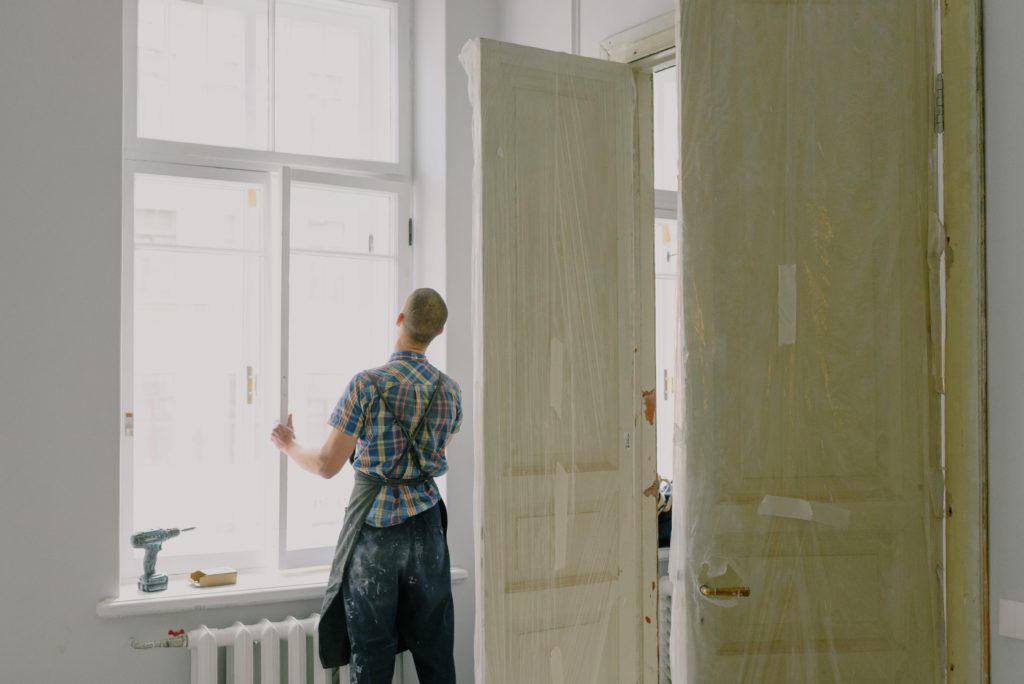Are you tired of feeling drafts from the windows and doorways in your home? Then it’s time to start thinking about replacing or adding insulation. With proper installation, your new insulation will help keep cold air out during the winter and hot air out during the summer, saving you money on energy bills.
Installing new insulation isn’t tricky, but there are specific steps to ensure that everything runs smoothly; follow this five-step guide for adequately installing insulation in your home!
Identify The Areas That Need Insulation and Map Out a Plan
Properly installed insulation is vital to a comfortable, energy-efficient home. Identifying the areas of your home that need insulation is the first step to developing an installation plan. Insulation needs vary for different rooms and locations within a home -attic, garage walls, and crawl spaces can all be sites that would benefit from the proper insulation installation.
To properly insulate these areas, it’s essential to consider factors such as climate, age of your house, budget, and installed insulation services available in your area. Considering these factors will help you craft a comprehensive plan that ensures your home remains energy efficient while also adhering to local ordinances and your financial situation.
Select the Right Type of Insulation
When selecting insulation for your home, there are vital considerations to make. Spray foam insulation is highly effective and can fill up small wall cavities. Loose-fill cellulose insulation is an excellent option due to its affordable cost and fireproof quality. In new construction projects, rigid board insulation can be used for unvented attic systems or exterior walls.
Depending upon the type of project, it’s essential to consider which type of insulation provides the best benefits both in terms of price and performance. You can consult an experienced professional to ensure your new installation works efficiently and meets local building codes, providing long-lasting comfort within your home.
Measure The Space And Calculate How Much Insulation Material You Will Need
Before installing new insulation in your home, you must take measurements and calculate how much insulation material you will need to cover the entire space. This step is crucial to ensure you have enough product for a successful installation; there’s never anything worse than making multiple trips to the hardware store during a renovation project!
Taking accurate measurements also prevents waste and guarantees that your insulation will provide adequate coverage in each area of your home. Understanding the amount of insulation needed ahead of time can help save potential hassle down the road – leaving more time for you to enjoy the comfort of an efficient upgrade!
Install The Insulation With No Air Leakage Around the Edges
Installing insulation in an orderly fashion is critical to ensure that there are no air leaks around the edges, which can significantly reduce the efficiency of your insulation. It is essential to follow a step-by-step process to achieve the desired results. Make sure to measure multiple times before you cut your insulation and cut precisely along the measurements you had taken.
Tuck the insulation tightly between all wall beams and double-check down either side, ensuring no gaps. Secure one edge first and then roll out while securing the other end. Lastly, verify that all areas are properly sealed and inspected for any openings before finishing up with installation. By following these five simple steps, you will have taken an essential step towards creating a more energy-efficient home.
Use a Vapor Barrier to Ensure Proper Moisture Control And Prevent Mold Growth
Installing a vapor barrier when installing new insulation in your home is a must! A vapor barrier helps to minimize the risk of moisture entering the space and can prevent mold growth that could be damaging or hazardous to your family’s health. It also helps keep warm air from getting trapped inside, increasing your energy consumption and driving utility bills.
Installing a vapor barrier for your new insulation properly can save you money in the long run, so it’s worth following through with this step of the installation process.
Installing new insulation in your home is a necessary process that you should not take lightly. With quality insulation, you can save significant money on your energy bills, increase the comfort of living in your home, and protect it for years to come. Following the five steps outlined in this post will ensure that you properly and safely install insulation in the suitable spaces of your home.

